Hi there, pet lovers! 🐙
Cuttlefish are among the most fascinating creatures in the ocean—masters of camouflage, problem solvers, and interactive pets that feel like they’ve come from another planet. But are they the right choice for your home aquarium?
In this detailed review, we’ll explore everything you need to know about keeping a cuttlefish, from their unique behaviors and care requirements to their short but captivating lifespans. Whether you’re a seasoned saltwater keeper or just curious about these alien-like cephalopods, this guide will help you decide if a cuttlefish belongs in your tank.
Overview
Cuttlefish (Sepia officinalis and related species) are marine cephalopods known for their intelligence, color-changing abilities, and jet-propelled movement. While not traditional “pets,” they offer an unparalleled interactive experience for advanced aquarium hobbyists.
Here’s a quick summary of what makes them stand out:
- Handling and Temperament: Highly intelligent and curious, but not a hands-on pet. They may inspect you with their tentacles.
- Care and Maintenance: Demanding—requires a well-established saltwater tank, precise water conditions, and live/frozen food.
- Health and Durability: Sensitive to water quality; short lifespan (1-2 years).
- Availability: Rare in pet stores, mostly sourced from specialized breeders.
- Cost: Affordable to purchase, but tank setup is expensive.
- Overall: A mesmerizing but high-maintenance pet for experienced marine keepers.
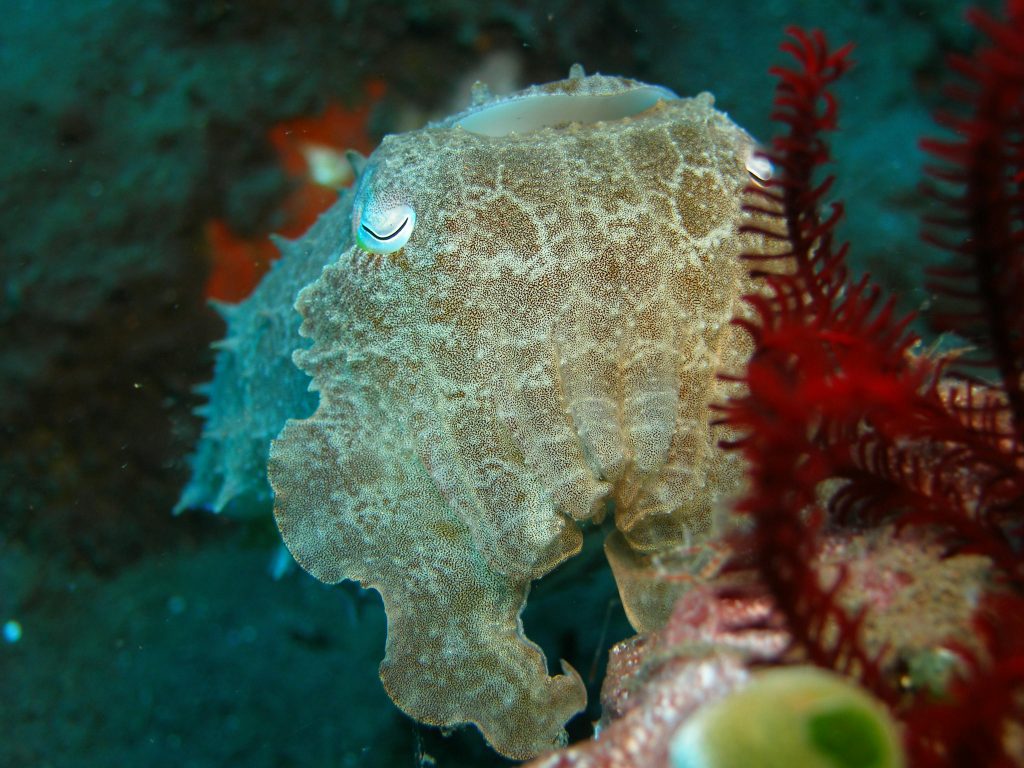
Why Choose a Cuttlefish?
Cuttlefish are not for beginners, but they offer an experience unlike any other aquatic pet. Here’s why they’re worth considering:
- Unmatched Intelligence: They solve puzzles, recognize individuals, and communicate through rapid color changes.
- Hypnotic Camouflage: Their ability to shift colors and textures in seconds puts chameleons to shame.
- Interactive Behavior: They observe their owners, respond to movement, and may even “play” with tank decorations.
- Compact Size: Most species stay under 12 inches, making them manageable in a medium-sized tank.
However, their short lifespan (1-2 years) and advanced care needs mean they’re best suited for dedicated hobbyists.
Handling and Temperament
Personality and Interaction
Cuttlefish are curious and observant, often watching their owners from inside the tank. While they can’t be “handled” like a reptile, they may gently grab fingers with their tentacles during feeding.
- Tentacle Inspections: They use their suction-cup-covered arms to explore objects (or your hand).
- Jet Propulsion: If startled, they can dart away with a burst of water from their siphon.
- Color Communication: Rapid shifts in pattern may indicate mood—stripes for aggression, ripples for curiosity.
Do They Bite?
Yes, but not dangerously. Their beak can deliver a mild pinch, but they rarely bite unless mistaking fingers for food.
Important Notes
- No “Cuddling”: They’re observational pets, not companions for physical interaction.
- Stress Risks: Sudden movements or poor water conditions can cause inking (a defense mechanism that pollutes the tank).
Care and Maintenance
Tank Setup
- Minimum Size: 30-50 gallons for most species.
- Lid Required: They’re escape artists (though less so than octopuses).
- Substrate: Fine sand or bare-bottom to prevent injury.
- Decor: Live rock, PVC pipes for hiding, and open swimming space.
Water Conditions
- Temperature: 72–78°F (varies by species).
- Salinity: 1.025–1.026 specific gravity.
- Filtration: Protein skimmer + canister filter (cephalopods are messy eaters).
- Zero Copper: Even trace amounts are lethal.
Feeding
- Live/Frozen Diet: Shrimp, small fish, crabs (juveniles often refuse non-living food).
- Frequency: Daily for juveniles, every other day for adults.
- Enrichment: Use feeding sticks to encourage natural hunting behaviors.
Lighting
- Low to Moderate: Bright lights stress them; actinic or moonlight LEDs work well.
- UV Not Required: Unlike reptiles, they don’t need UVB.
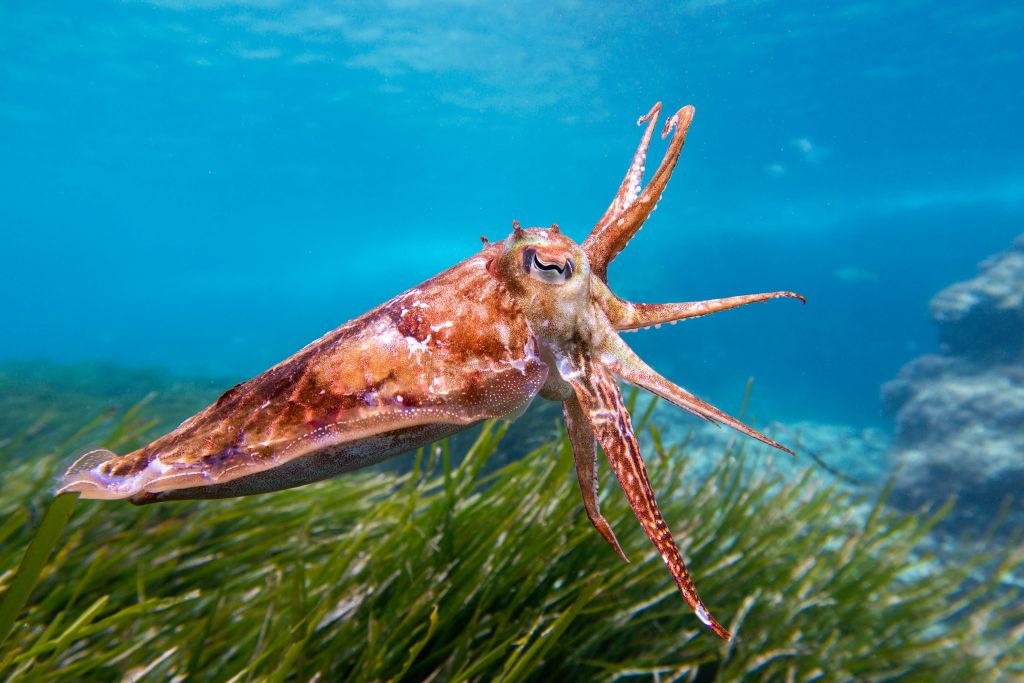
Health and Durability
Lifespan
- 1–2 years (rarely longer). Their short life is their biggest drawback.
Common Health Issues
- Inking: Releases a dark cloud when stressed (requires immediate water change).
- Bacterial Infections: Caused by poor water quality (watch for lethargy or loss of color).
- Parasites: Quarantine new tankmates to prevent outbreaks.
Preventative Care
- Weekly Water Tests: Ammonia, nitrites, nitrates must stay at 0 ppm.
- Avoid Overcrowding: They’re solitary except for breeding.
Availability and Cost
Where to Buy
- Specialty Breeders: The best source for healthy, captive-bred cuttlefish.
- Online Retailers: Eggs/juveniles ship better than adults.
- Avoid Wild-Caught: Often carry parasites and stress easily.
Cost Breakdown
- Cuttlefish: $30 to $100 (depending on species).
- Tank Setup: $500 to $1,000 (for quality equipment).
- Ongoing Costs: Salt mix, test kits, live food (~$50/month).
Pros and Cons
Pros
✔️ Fascinating to watch (color changes, problem-solving).
✔️ Interactive (recognizes owners, responds to stimuli).
✔️ Compact size (fits in mid-sized tanks).
Cons
❌ Very short lifespan (1–2 years).
❌ Advanced care requirements (not for beginners).
❌ Expensive setup (saltwater gear adds up).

Final Thoughts
Cuttlefish are extraordinary pets, but they demand expertise, patience, and acceptance of their fleeting lifespans. If you’re an experienced saltwater keeper looking for a pet that’s more “alien intelligence” than “fish,” they’re a captivating choice.
For those ready for the challenge, a cuttlefish offers a glimpse into marine intelligence unlike anything else in the hobby. Just be prepared for heartbreak when their time comes—because two years is never enough.
Have you kept a cuttlefish? Share your experiences below!
For more pet care tips and reviews, stay tuned to our blog and don’t forget to subscribe to our newsletter! 🐙



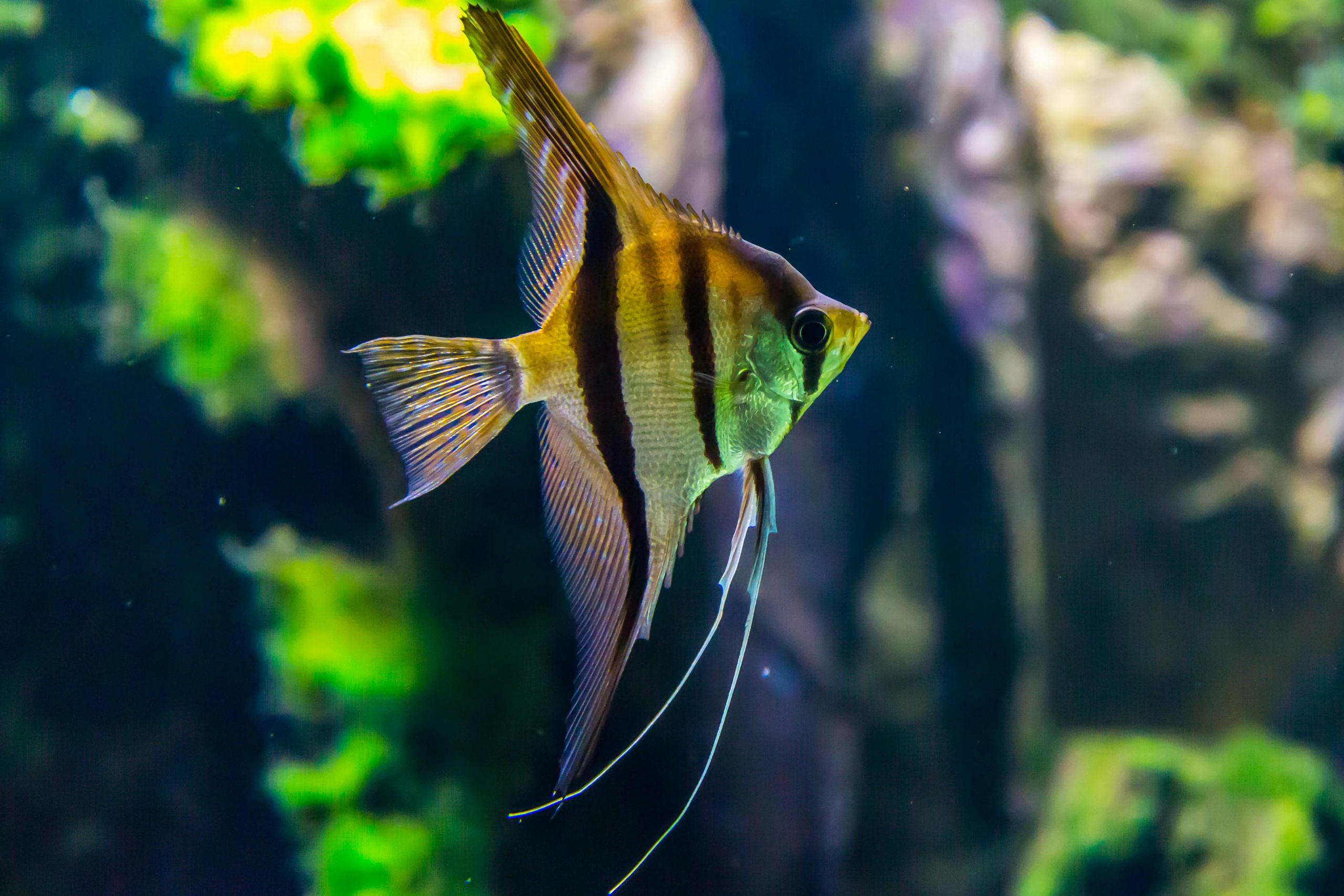
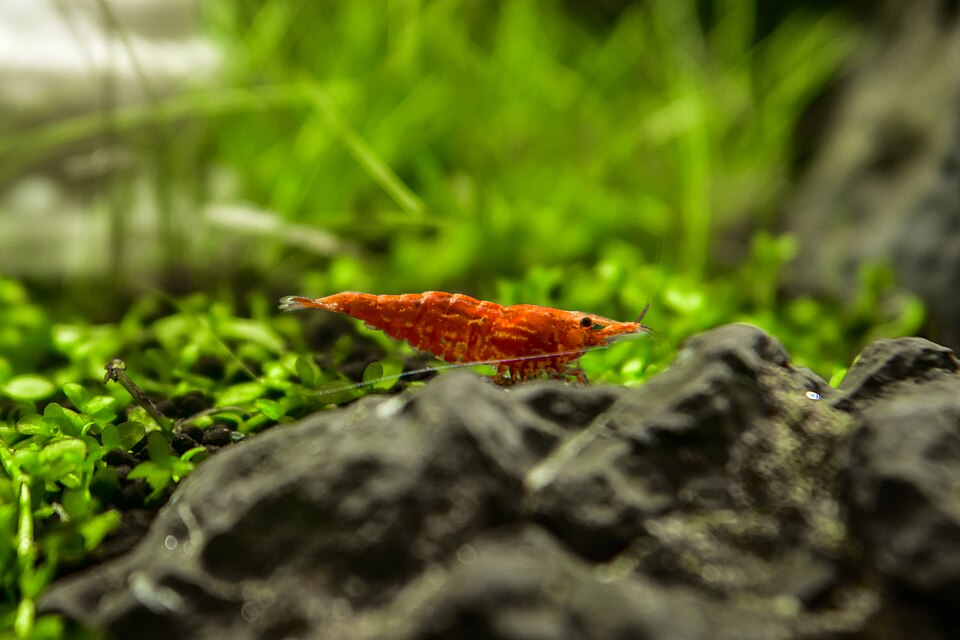

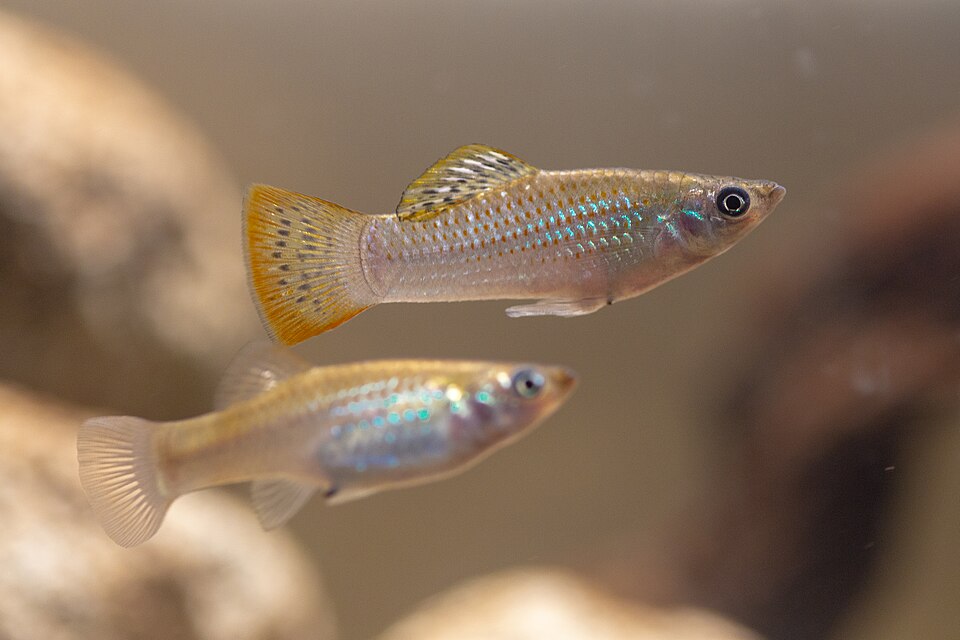
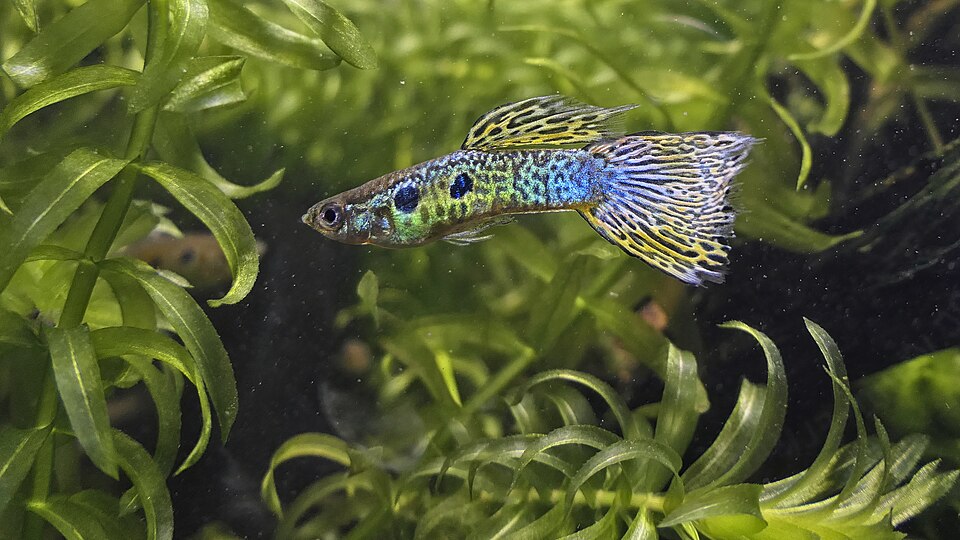
Leave a Reply